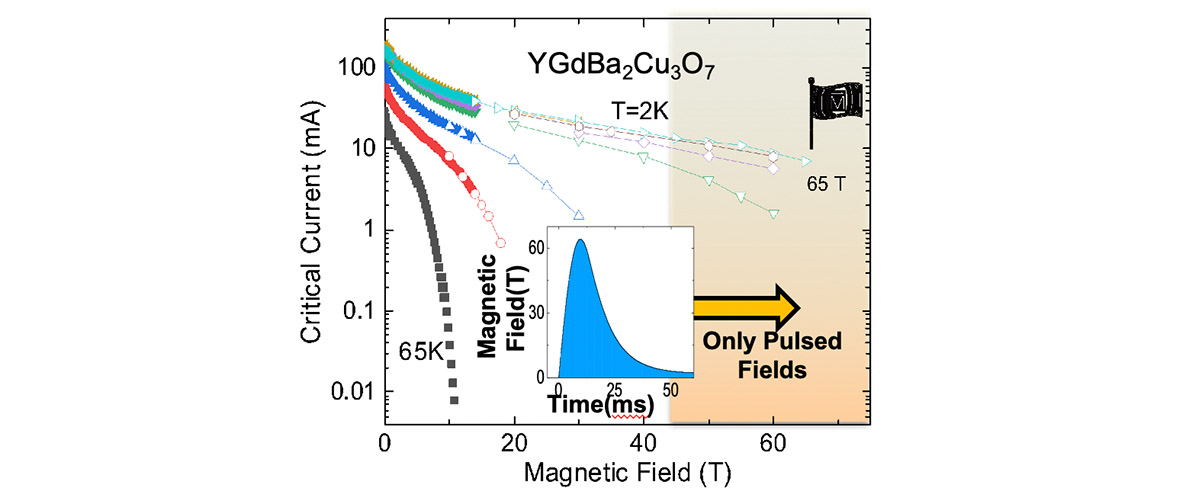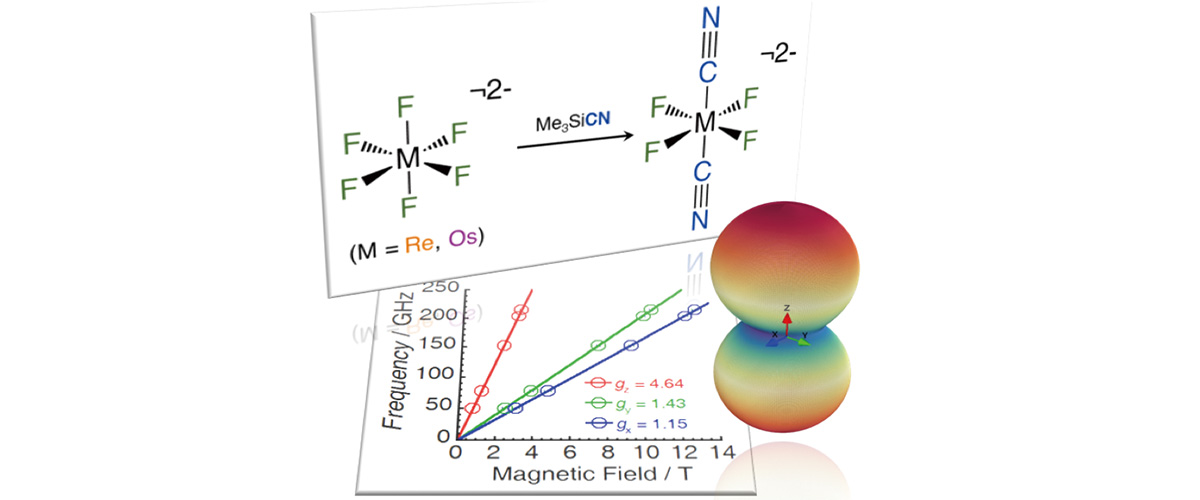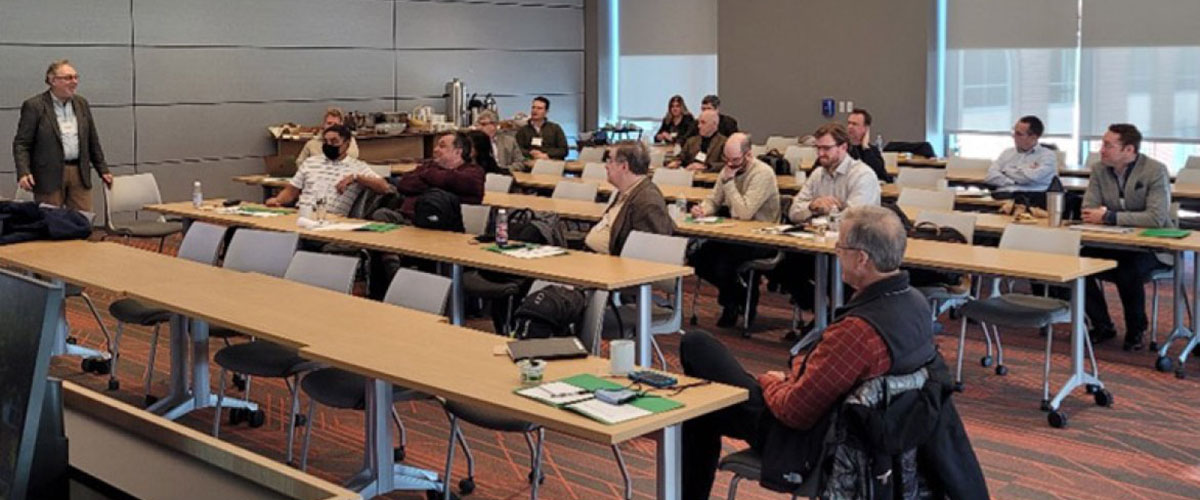What did scientists discover?
MagLab scientists developed a new technique to characterize how much current a superconductor can carry and how much field they can produce, important information in understanding and leveraging a superconducting material. This technique is used during the 50 millisecond duration of a 65 tesla magnet pulse and is able to be adjusted on the fly to the materials' changing properties.
Why is this important?
High temperature superconductors are useful because they can carry large electrical currents without friction and, at least in principal, can be used to create very high magnetic fields. The "critical current" of a superconductor is a measure of the maximum current that it can sustain in a given magnetic field. Measuring the critical current is an important measurement whenever a new superconductor is discovered. Knowing the critical current at the highest possible magnetic fields provides foundational data for future higher-field magnets.</p
Who did the research?
Maxime Leroux1,2, Fedor F. Balakirev1, Leonardo Civale2, Boris Maiorov1
1National MagLab, Pulsed Field Facility, LANL 2MPA-Q, LANL
Why did they need the MagLab?
The MagLab's pulsed magnets were necessary to achieve the high fields at which many new classes of superconductors are able to sustain superconductivity. MagLab expertise in extremely fast electronics enabled the development of this technique.
MagLab researchers have used their fast, programmable microcircuits to collaborate with users from the USA, Europe, and Japan to precisely measure how much current various superconductors can sustain in magnetic fields up to 65T…all without burning the samples.
Details for scientists
- View or download the expert-level Science Highlight, Smart Non-Linear Transport Technique Expands the Frontier of Superconductor Research
- Read the full-length publication Dynamics and Critical Currents in Fast Superconducting Vortices at High pulsed Magnetic Fields, in Physical Review Applied.
Funding
This research was funded by the following grants: Funding Grants: G.S. Boebinger (NSF DMR-1157490, NSF DMR-1644779); L.Civale (BES FWP LANLE8L5)
For more information, contact Vivien Zapf.





